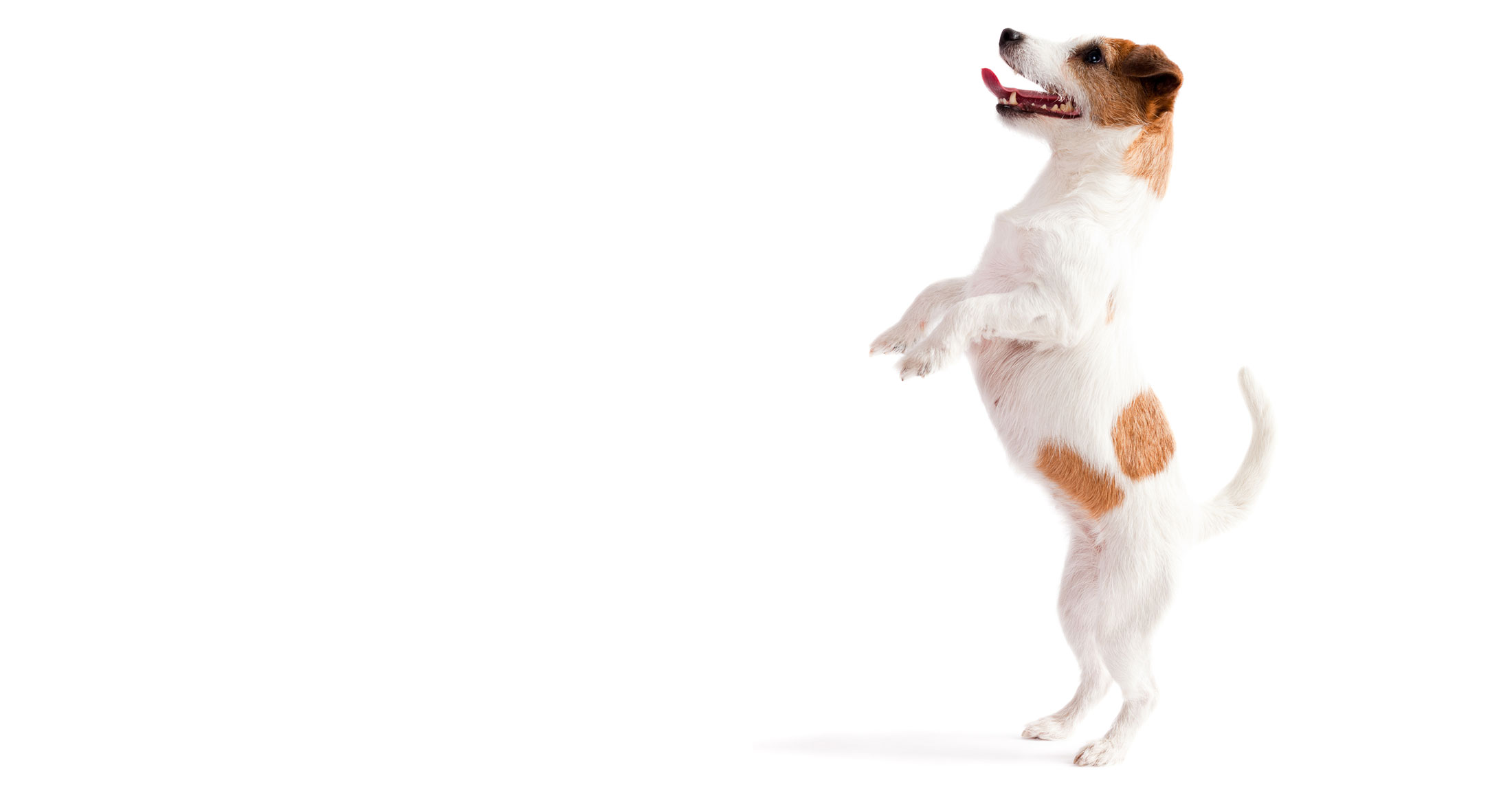Respiratory
Home » Interactive Animal » Canine » Respiratory

The respiratory system functions to carry vital oxygen into the body and expel carbon dioxide, a metabolic waste, out of the body. Functionally, the respiratory system is divided into two portions: the upper and lower airways. The upper airway begins as air enters the nasal passages and mouth and flows through the trachea (windpipe). The upper respiratory tract warms, filters, and moisturizes inhaled air. As air continues down the trachea, it enters the lung lobes: the lower respiratory tract. Within the lungs, inhalation brings vital oxygen to the blood; exhalation removes carbon dioxide from the body.
Physical signs associated with respiratory disease include: sneezing, nasal discharge, changes in the sound of the voice, coughing, noisy breathing, exercise intolerance, changes in breathing patterns, and labored breathing. Disorders of the respiratory system may involve the upper and/or lower airways. Physical examination findings aid in the localization of the disease process.
Common abnormal conditions associated with the canine respiratory system include:
- Infectious: viral (e.g.: Adenovirus), bacteria (e.g.: Mycoplasma), fungi (e.g.: Blastomycosis), protozoan (e.g.: Toxoplasmosis), and parasites (e.g.: Heartworm infection)
- Air flow interference: collapsing trachea, laryngeal paralysis, foreign bodies, tumors
- Bronchitis
- Pneumonia
- Cancer


